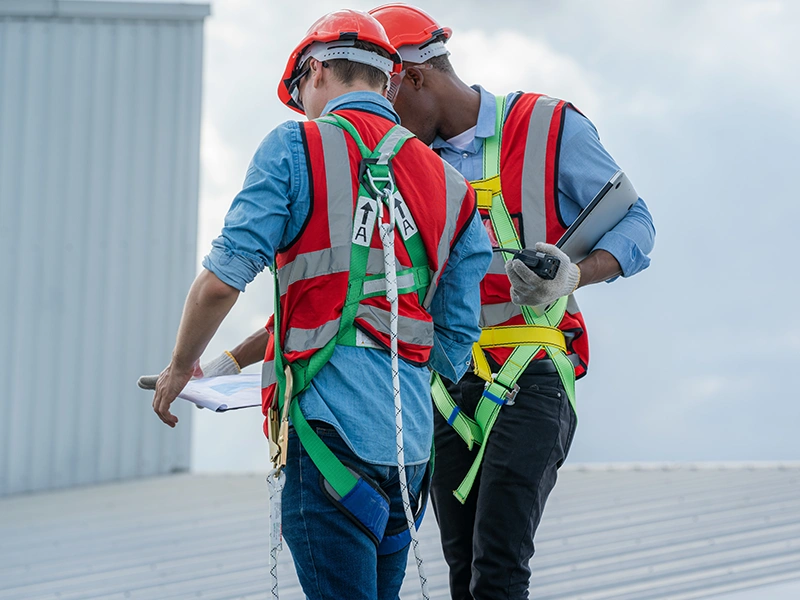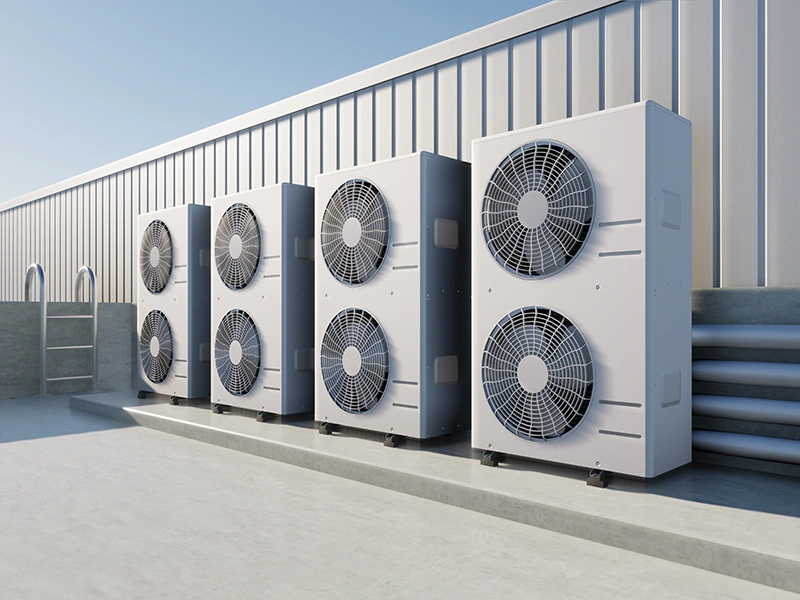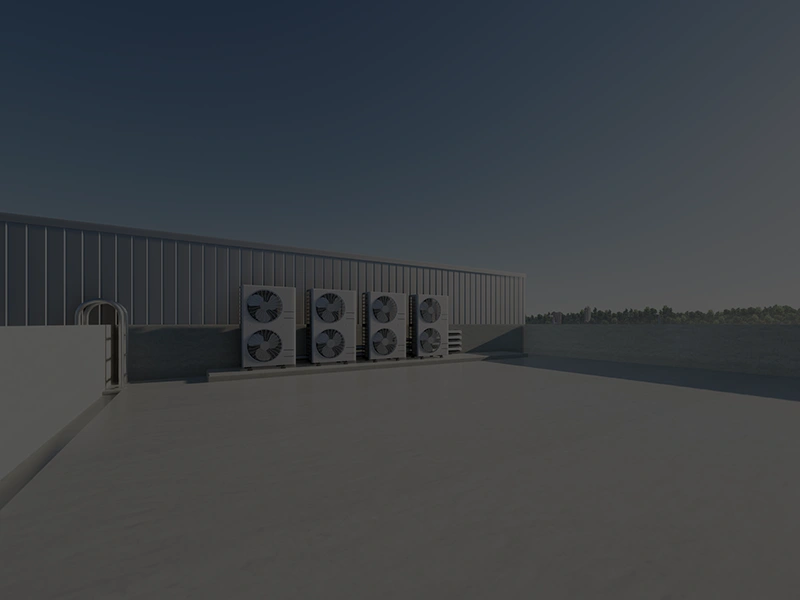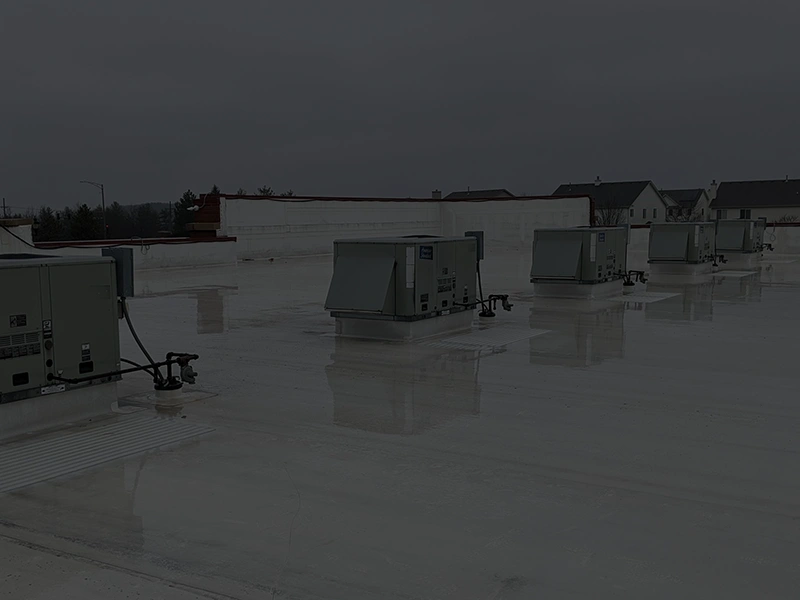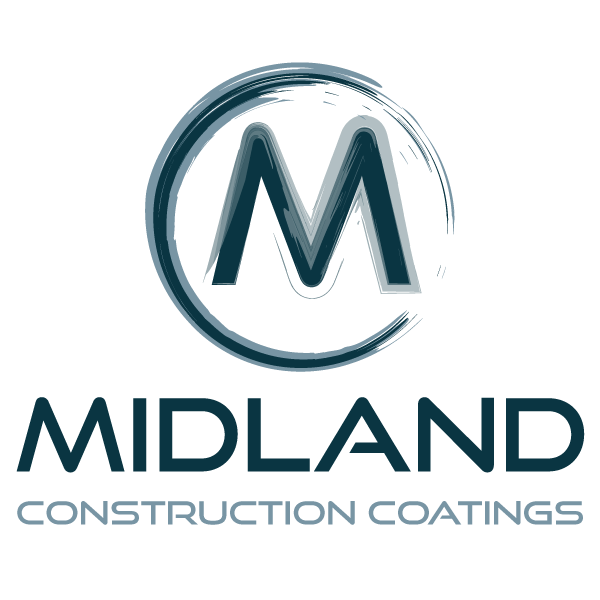Cool Technologies to Improve Energy Efficiency
ANDREA WAGNER WATTS, LEED GREEN ASSOCIATE, GAF | KRISTIN M. WESTOVER, P.E., LEED AP O+M, GAF
Originally posted on Education Market Essentials website: https://essentials.edmarket.org/2023/07/whats-cooler-than-being-cool/
Transformational. It may not be the first word that comes to mind when you think about pavement coatings. Nor is it often the first thought for schools when looking at sustainability. But at The SAE School in Mableton, GA, sustainability goals fall right in line with their project-based curriculum centered on science, art and entrepreneurship. SAE is a non-profit private school located northwest of Atlanta educating a largely underserved community. The original sustainability goals were focused on the inside of the school, with updated HVAC systems and LED lighting to improve energy efficiency, bipolar ionization air filters to improve indoor air quality, and photovoltaic panels to make it the first school in Georgia to have 100% of its power provided by solar.
The SAE school community was also feeling the heat, literally. The school operates on a year-round calendar, with school in-session during the heat of the summer. With average outside temperatures around 75F in September, the surrounding asphalt playground was much warmer, nearing surface temperatures of 120F or greater. The high temperature of the asphalt playground is caused primarily by the black asphalt acting as a heat sink for the sun’s energy due to the dark color. Using materials that have a high solar reflectance can help reduce the impact of increased temperatures.
The urban heat island effect refers to the increase in temperature in urban environments compared to surrounding areas (1). Materials such as concrete and asphalt absorb heat and then radiate it back outwards causing urban areas to get hotter during the day, and to not cool off as much overnight when air temperatures are reduced.
The overall temperature difference can be as high as 7 degrees Fahrenheit compared to surrounding rural areas. People of color are feeling the greatest impact of surface urban heat island intensity temperature exposure due primarily to their socioeconomic situation and location in urban environments. Black and Hispanic populations feeling 5.6 degree and 4.9 degree Fahrenheit increases respectively (2). The displacement of vegetation in cities in favor of hard surfaces causes reduced evaporation of moisture, reduced plant transpiration, and heat canyons in especially dense urban environments. Using materials that have a high solar reflectance can help reduce the impact of increased temperatures.
Solar Reflectance is the ability of a material to reflect solar energy from the surface. The solar reflective index (SRI) is an indicator of the ability of a surface to return solar energy to the atmosphere. This was first introduced to many in the building community with the idea of reflective roofing where the temperature of a roof membrane with a high solar reflective index (SRI) was significantly cooler than a dark absorptive roof (Photo 1).
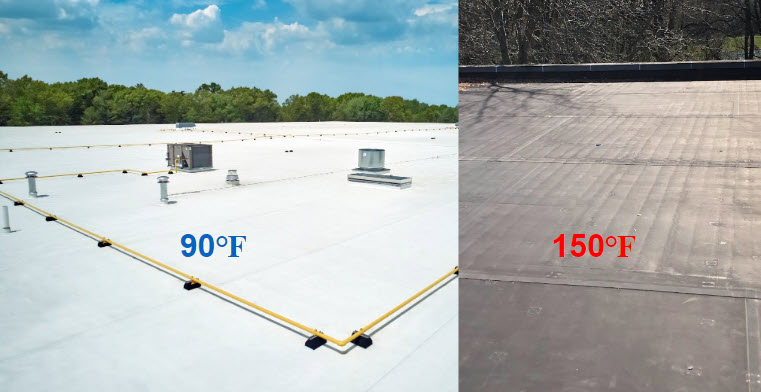
Photo 1: Temperature difference between a white reflective roof and a black roof.
A higher SRI that results in lower surface roof temperature can be important because without adequate insulation, the higher surface temperatures are absorbed into the building interior. In locations where there are hot summers, such as in Georgia where the SAE School is located, a reduction in the amount of heat absorbed by the roof during the cooling season can have a substantial effect on reducing HVAC run times, and ultimately, energy used by the school. Less unwanted heat absorbed from the roof can make it easier for HVAC systems to maintain interior temperatures. According to Healthy Schools for Healthy Learning, the ideal temperature set point range for learning environments in the summer months should be between 73 and 79 degrees F and in the winter months between 68 and 75 degrees F (3). Reflecting the unwanted heat from the roof assists the HVAC equipment to maintain ideal learning environments for students. There are many roof membrane options that have a high SRI including white or light colored single-ply membranes, white fluid-applied membranes, and modified bitumen roofs with white granules.
These same principles are now being used in reflective pavement coating technologies in order to cool the temperature of the asphalt and concrete pavements. For The SAE School, addressing the high temperatures on their playground was right in line with their sustainability goals, and they were able to tie it into their project-based curriculum.
“Much of the sustainability theme was inside the school; we wanted to include campus beautification and also involve the students in the school,” says Scott Starowicz, CFO of the SAE School.
Adding shade structures can sometimes address the issue of a hot paved area, but it is not always practical for areas such as a basketball court.
The SAE School was connected with a cool pavement coatings manufacturer to understand the options and benefits. Reflective pavement coatings have been shown to reduce the temperature of an asphalt surface by up to 12 degrees Fahrenheit – which the students at SAE were able to see, measure, and feel for themselves.
Through a pilot application in a parking lot area, the students were able to conduct an experiment to measure both coated and uncoated surfaces and track the daily temperatures as part of their curriculum where they witnessed the cooler temperatures on the coated areas of the parking lot. As a result of the pilot where lower surface temperatures were observed, the SAE School decided to install the coatings on the asphalt playground.
Full article can be found here: https://essentials.edmarket.org/2023/07/whats-cooler-than-being-cool/


